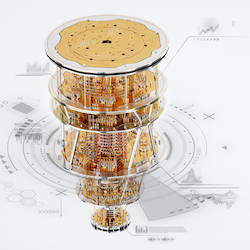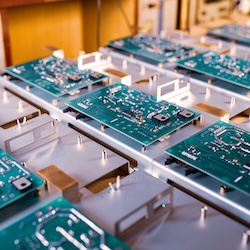Real-time Performance Analysis: Understanding K8s Environments
 The container orchestration landscape is vast. Managing and maintaining all the services operating in the background can be challenging while staying informed about them simultaneously. Embracing the chaos is an art, particularly within distributed, containerized platforms. It is now more important than ever to embrace open-source services to understand current events and make informed decisions, empowering enterprises to attain security and dependability.
The container orchestration landscape is vast. Managing and maintaining all the services operating in the background can be challenging while staying informed about them simultaneously. Embracing the chaos is an art, particularly within distributed, containerized platforms. It is now more important than ever to embrace open-source services to understand current events and make informed decisions, empowering enterprises to attain security and dependability.
Environments are at the heart of isolating stable and under-development features, be it Development, Staging, Production, or any other kind. Kubernetes observability, a key component of Kubernetes, enables you to peek at the underlying environments and network services to understand the moving parts. This observability helps you implement monitoring and Kubernetes alerting features, utilizing continuously generated environment-specific metrics, logs, events, and traces that the Kubernetes cluster generates.
Decoding Kubernetes Environment Observability
Kubernetes environments vary based on different DevOps methodologies, each serving unique purposes and configurations. Let’s examine several Kubernetes environment types and how real-time analysis can be used to evaluate them.









